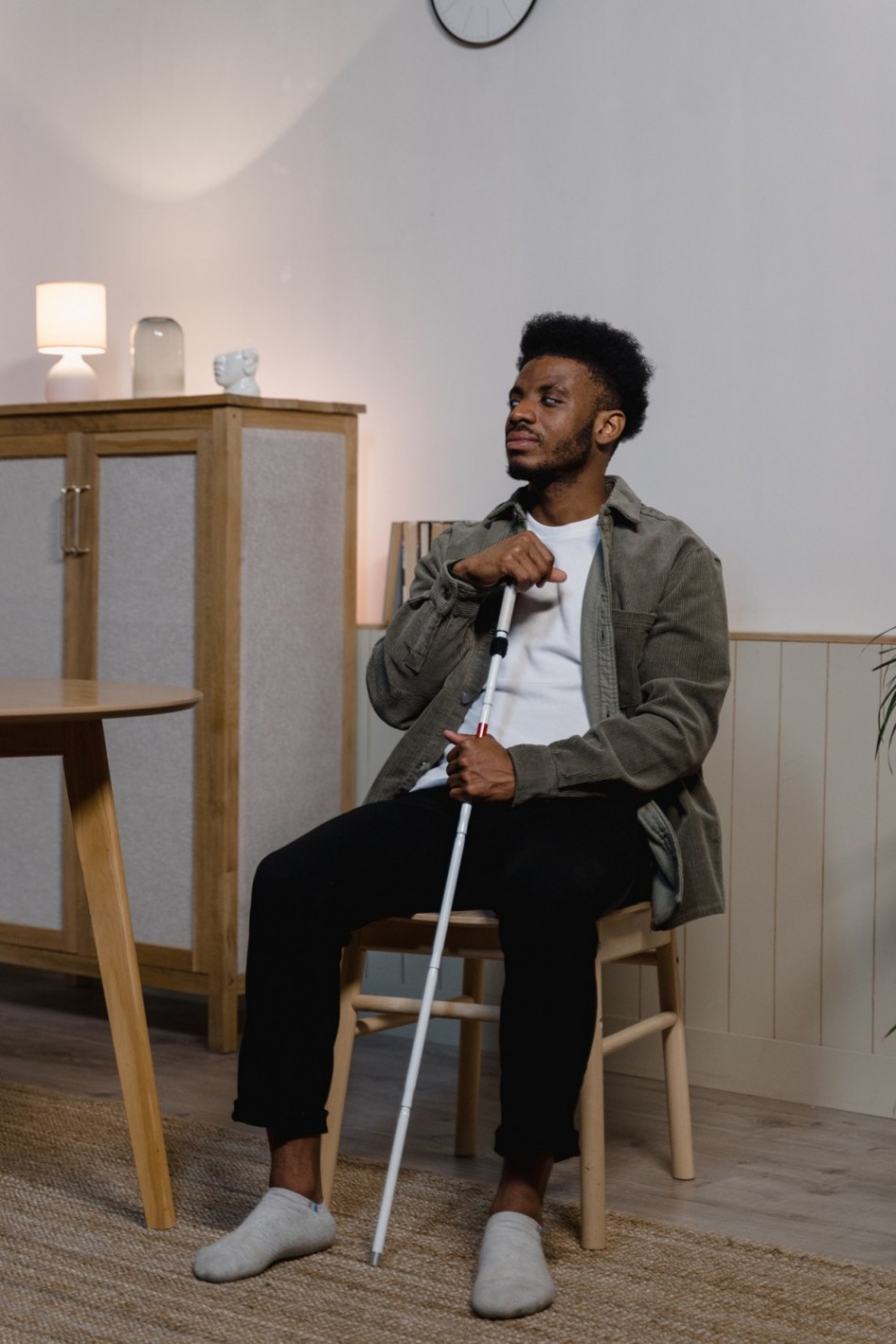Leveraging Assistive Technology In Occupational Therapy

Suppose you know someone who has a chronic or acute debilitating physical or mental condition that affects their motor or cognitive skills. In that case, you realize the vital role of assistive technology in occupational therapy. When applied properly, they can improve the quality of one's life. For instance, electric lift chairs can significantly enhance mobility for elderly people who suffer from severe arthritis or neuromuscular disease.
Assistive technology is made for patients of all ages. It helps people who live with physical, sensory, or cognitive issues achieve self-independence. The intermarriage between occupational therapy and assistive technology enables patients to engage fully in life, work, and play.
People recovering from injuries or developmental problems can contribute to society if given the right tools. However, before we delve into how assistive technology impacts the field of occupational therapy, let us understand what it is.
What Is Assistive Technology?
The use of assistive technology can be traced back to the era of early man. Suppose a caveman broke his leg and his companions use a branch and vine to set it. After a while, he figures he ought to find a replacement leg. He picks up a stick and learns to maneuver his way around until he regains full mobility. These are rudimentary examples of assistive tech in play.
AT is a conglomerate of devices, practices, and services specially designed for use in occupational therapy. It is any tech solution that empowers people with disabilities to enhance their functional capabilities, reshaping their way of life.
How Assistive Technology Applies In Occupational Therapy
Occupational therapy and AT both seek to balance out limitations in functionality. The connection between the two seems clear-cut, but there is more than what meets the eye. Impaired occupational performance is indicated by several signs, including:
-
Loss of independence
-
Biophysical suffering
-
Social stigma
-
Self-esteem issues
Suppose you know someone with reduced functionality of the lower extremities, an occupational therapist will recommend AT to enable them to perform daily tasks like home management and personal care. They can leverage recent trends in assistive technology for mobility like exoskeletons, prosthetics, and powered wheelchairs. Those with upper-body limitations can use robotic aids and modify the grips on tools.
To better this integration, stakeholders and researchers are continually looking for areas of improvement like:
-
The base mechanics
-
Control-sharing between the technology and user
-
The user interface
Common Areas of Application
1. Gerontology
This patient group is made up predominantly of older adults. People become more frail with age, which is why the elderly find it extra challenging dealing with degenerative conditions like osteoporosis, stroke, and arthritis. Assistive technology improves their functional activities. For instance, equipment such as electric lift chairs enable the elderly to rise from seated positions with relative ease. They have a mechanism that is controlled by a series of buttons. When prompted, they raise the seated person to a standing position.
2. Paediatrics
Paediatric occupation assists children with a variety of requirements in developing the skills necessary to participate in the daily activities that make up life. The goal of assistive technology in occupational therapy for children is to empower challenged kids to become as self-sufficient as feasible.
Final Thought
The technological arena is never static. We can, therefore, anticipate the integration of more technology to all aspects of healthcare. The field of occupational therapy will continue to benefit from mainstream methods, trends and devices in assistive technology. Any person with a physical, mental, or psychological challenge can benefit from the services of an occupational therapist. Throw in a few assistive equipment, and patients' quality of life elevates.
© 2024 ParentHerald.com All rights reserved. Do not reproduce without permission.
* This is a contributed article and this content does not necessarily represent the views of parentherald.com
